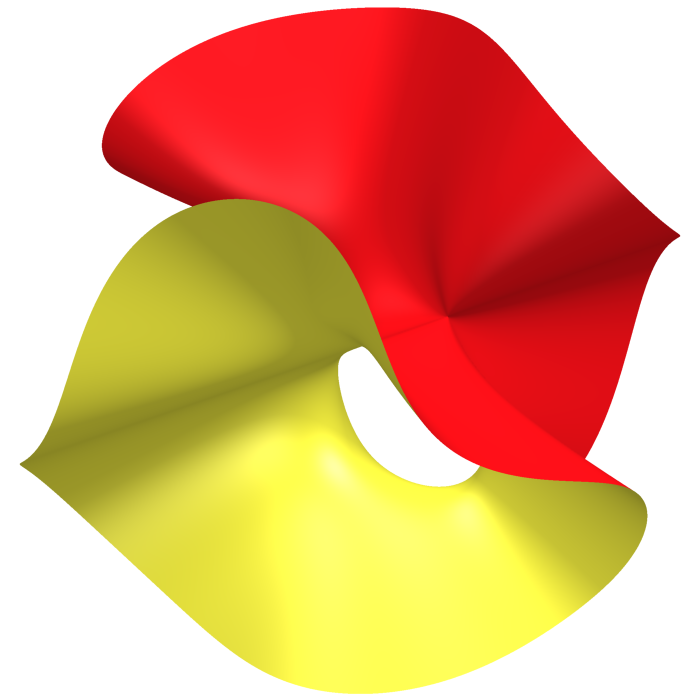Major Mathematical Interests Focus Points
Representation Theory
There are many different flavors of representation theory dependent on what one's goals are. For a finite-dimensional vector space $V$, and a group $G$, one can consider a group homomorphism $\rho:G \rightarrow \operatorname{GL}(V)$. Each element of $G$ corresponds to some linear transformation, which is invertible. This induces an action, of the group, on the vector space. Using linear representations, and studying this kind of action, has been very successful in mathematics.
View NotesInvariant Theory
Invariant theory involves the study of a group $G$ acting on polynomial functions of a geometric object called a variety. In 1900, Hilbert asked whether or not certain types of rings were finitely generated. Examples of problems that have been addressed are Hilbert's 14th problem, representations of Lie Groups, and the geometric invariant theory, developed by Mumford, much of which has been applied to the study of moduli spaces.
View NotesFinite Groups of Lie Type
The first groups to be considered were the abelian groups and the symmetric groups. Let $V$ be a finite dimensional vector space over $k$ a finite field. Groups such as $\operatorname{GL}(V)$ and $\operatorname{SL}(V)$ are examples, of groups of Lie type. The projective special linear group $\operatorname{PSL}(n,q)$ is another example. The finite simple groups of Lie type make up the majority of the finite simple groups.
View NotesCommutative Algebra & Algebraic Geometry
Commutative algebra deals with the study of rings where the multiplication satisfies the property $a \cdot b = b \cdot a$. An example where this does not hold is the algebra of $n \times n$ matrices. Hilbert gave birth to commutative algebra, when he proved the following two theorems, in pursuit of a question in invariant theory:
- Nullstellensatz: Establishes a bijective correspondence between radical ideals and affine varieties, over an algebraically closed field
- Basissatz: Every ideal in the polynomial ring in $n$ variables, over a field, is finitely generated.



